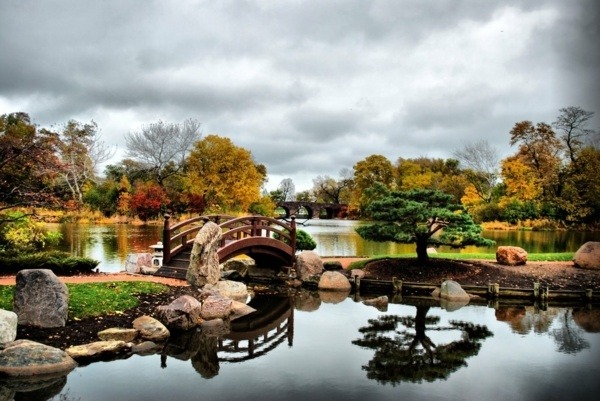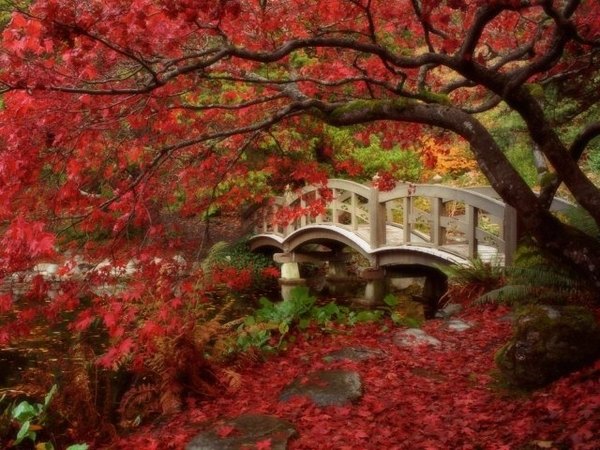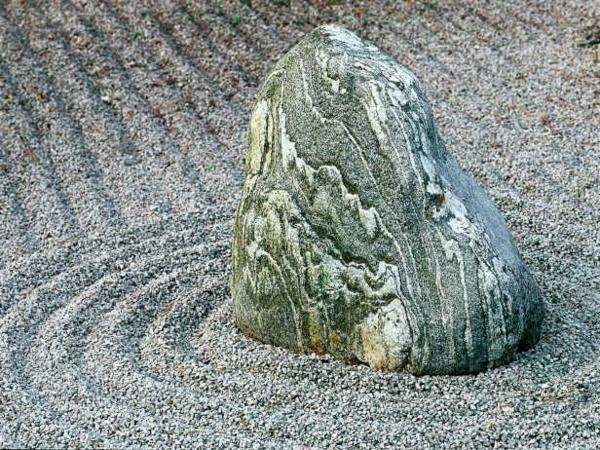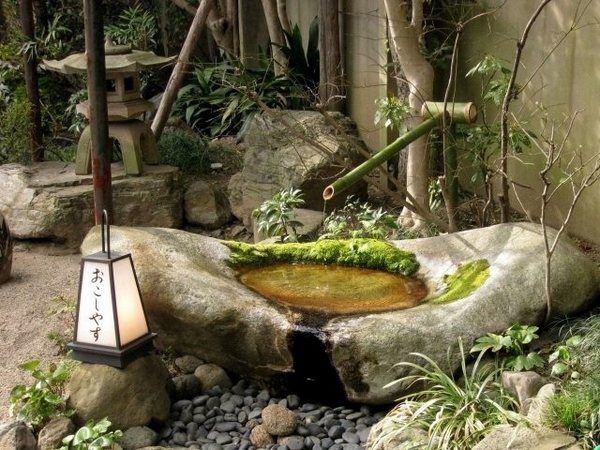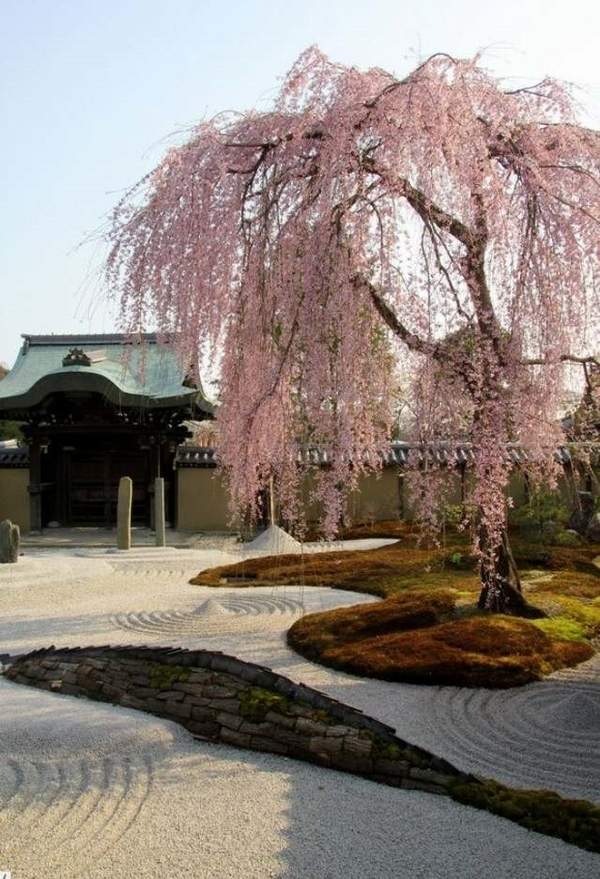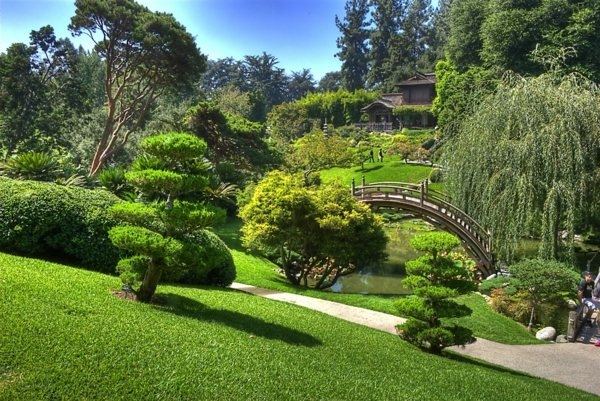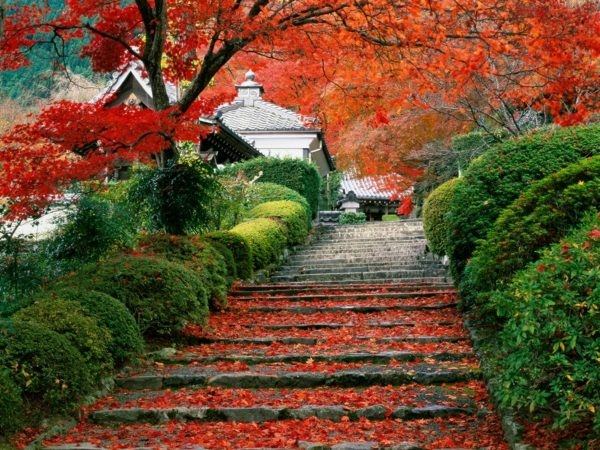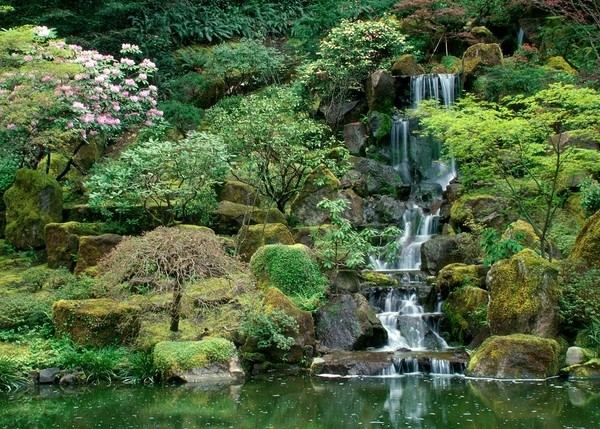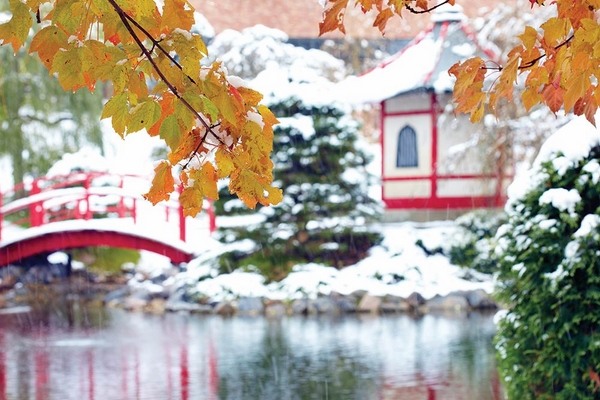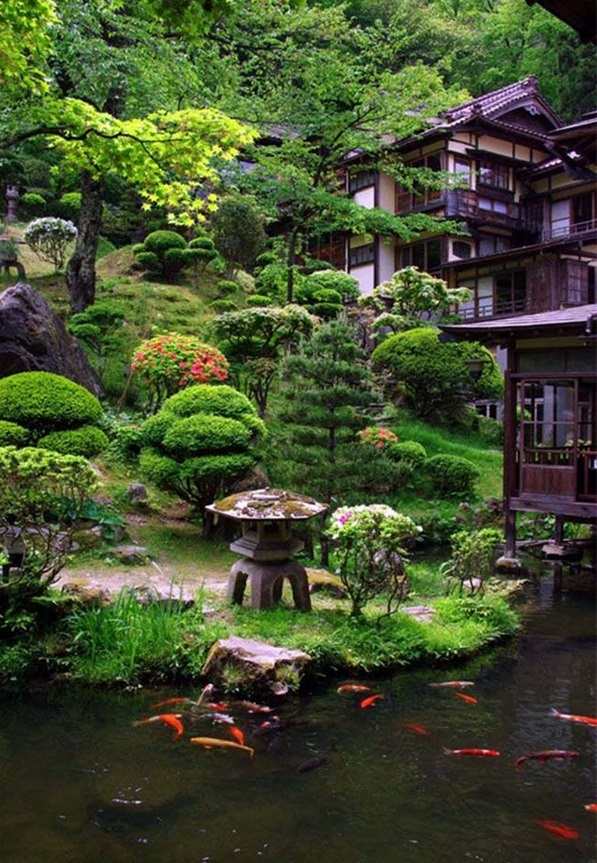One of the most interesting styles of landscape design is the Japanese garden. We have collected 15 amazing Japanese garden designs which reflect the traditions of design and the significance of the special inner content.
The philosophy of harmony and balance
Everything in these amazing Japanese garden designs is done to ensure that people can feel the calmness, peace, tranquility and could enjoy the beauty of nature. The Asian landscape resembles a miniature painting and people are invited not only to enjoy the beauty of the elements but to discover and appreciate the meaning and purpose of each element and its relevance in a given area. After all, the Japanese garden – it’s more a philosophy than a style.
Amazing Japanese garden designs and traditional elements
Amazing Japanese garden designs are based on centuries of old traditions and above all honoring the traditions. The designs is based on certain characters and have traditional elements – stones, bridges, pavilions, water, paths, trees, plants – and each element is equally important as they convey the worship of Nature.
It is believed that stones are the best creations of nature and stones are one of the key elements in Japanese garden designs, along with water. A lot of attention is paid to searching and selecting the right stones, as well as finding their perfect space in the outdoor area.
Water is always present in Japanese gardens in one form or another. If there is no way to make a big pond, a waterfall or a stream, it is in such a form so that not take up much space.
The plants in a Japanese garden mostly have green leaves and the important is the leaf shape and texture. Japanese style gardens do not look too colorful and lush, it is sufficient that the trees leaves will be colored by Nature in the different seasons.
The elements are in harmony with each other
Beautiful colors please the eyes
Running waterfall and rocks
Minimalism and worship of Nature
Charming throughout the year
Koi pond as a typical element
A picturesque unity of elements
Design based on centuries of traditions
Attention to the elements and details

